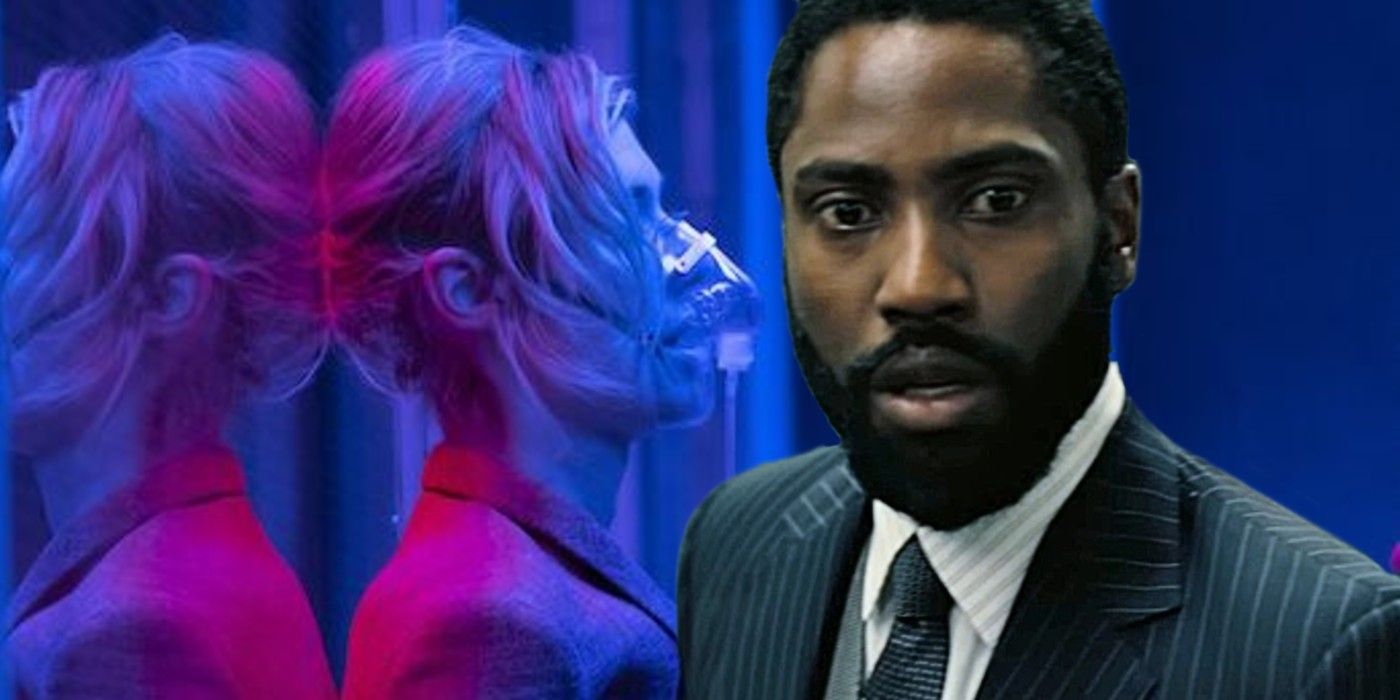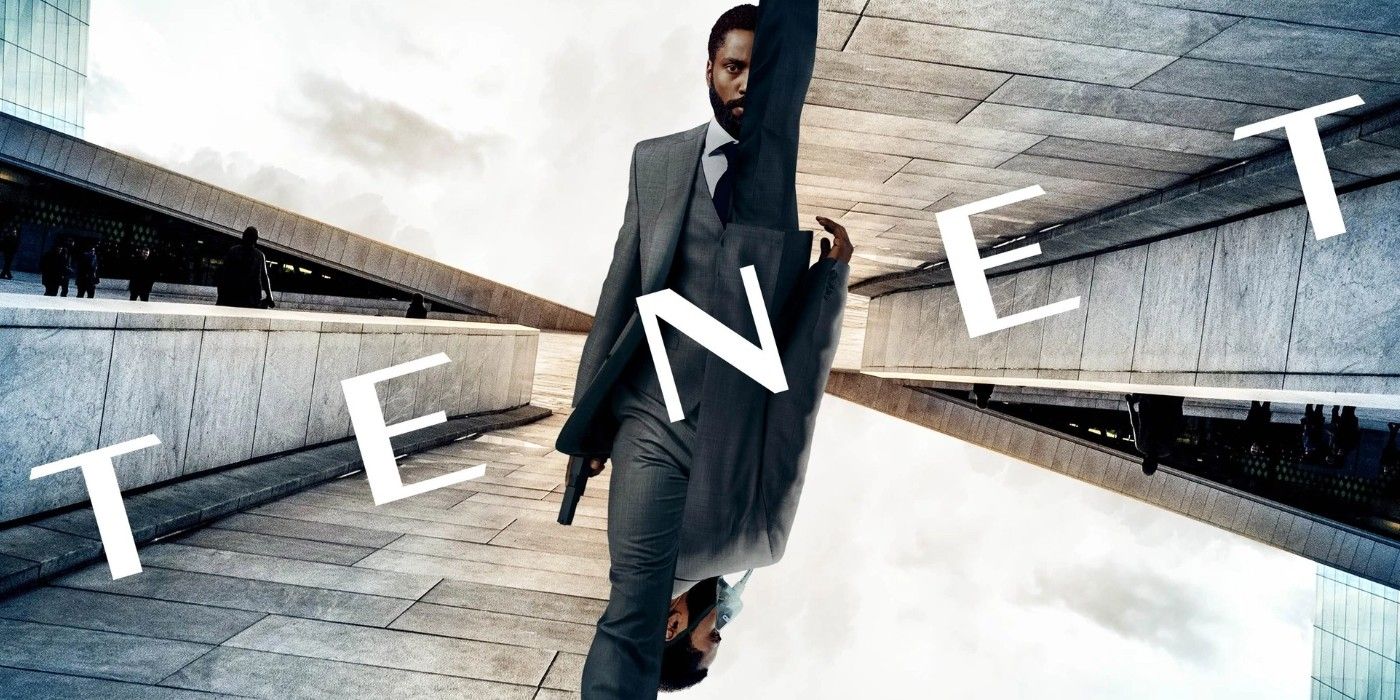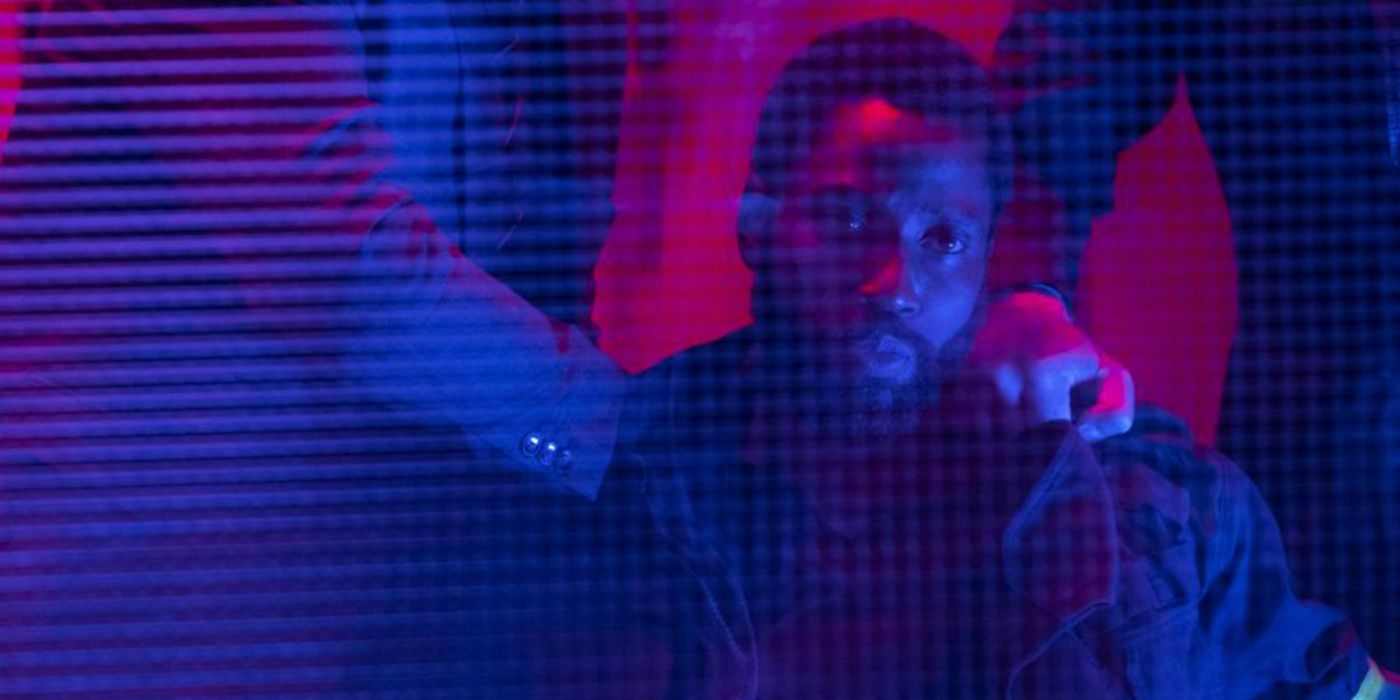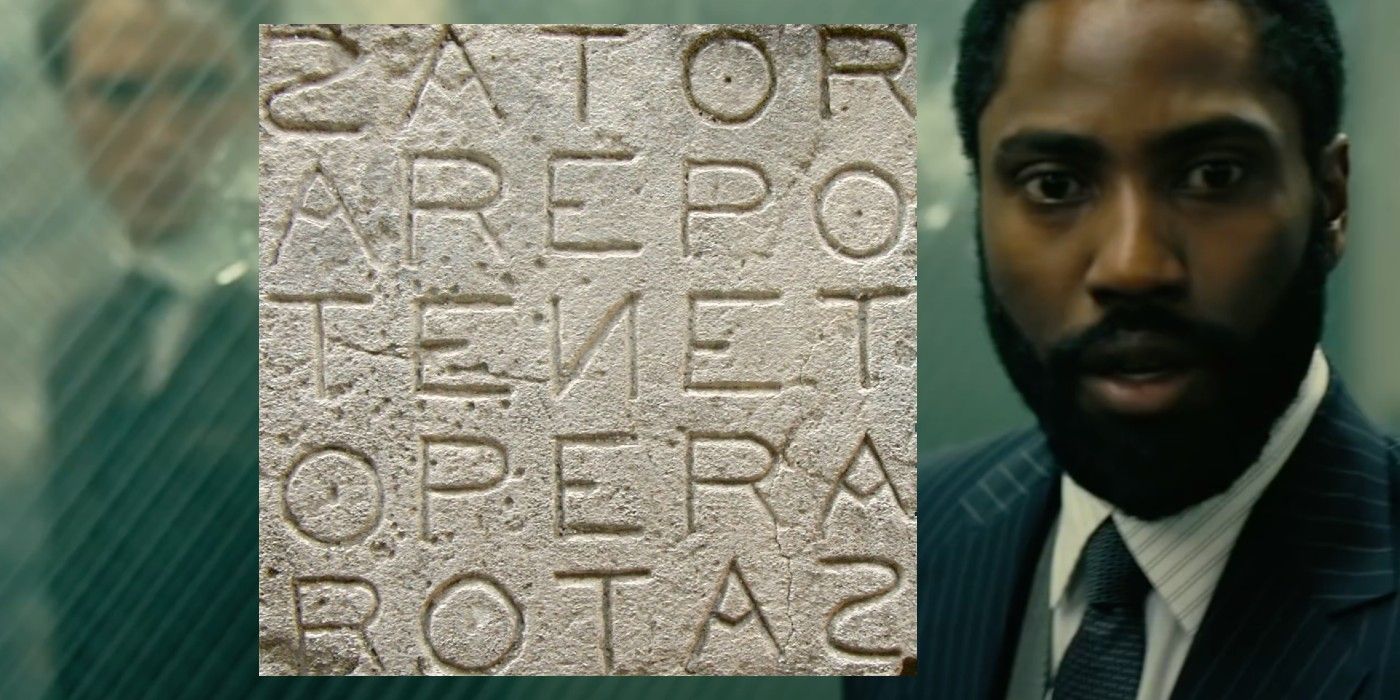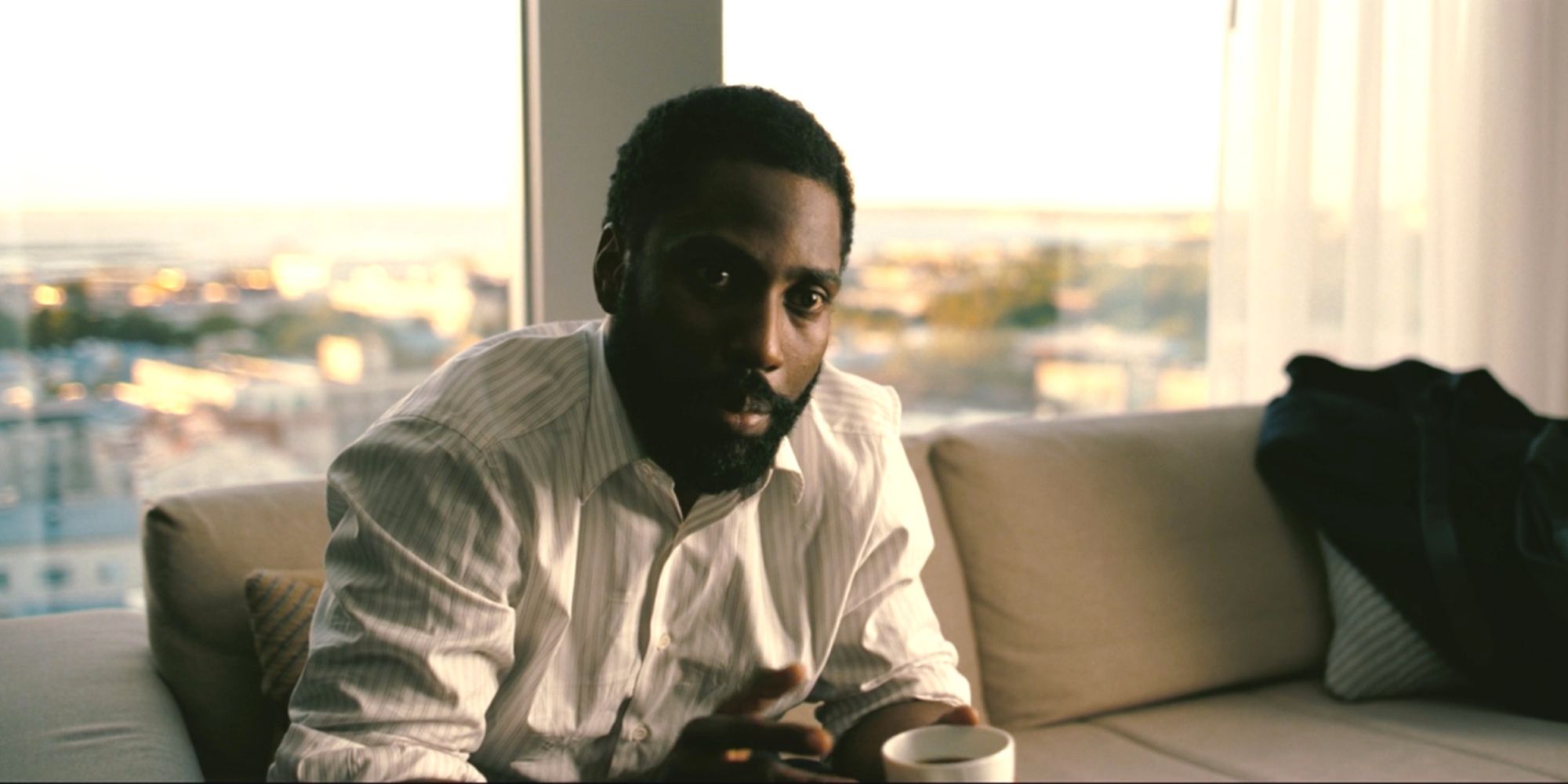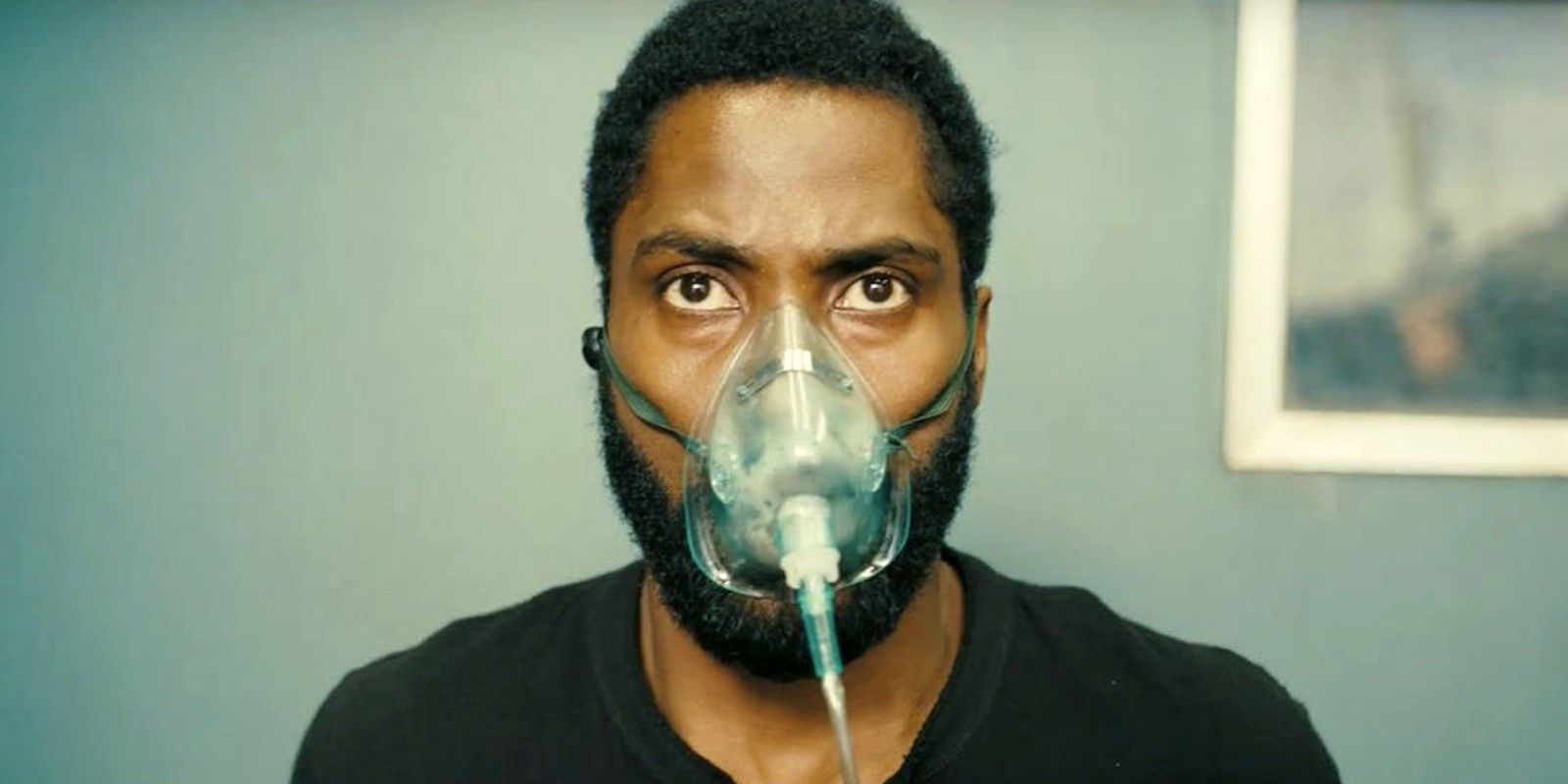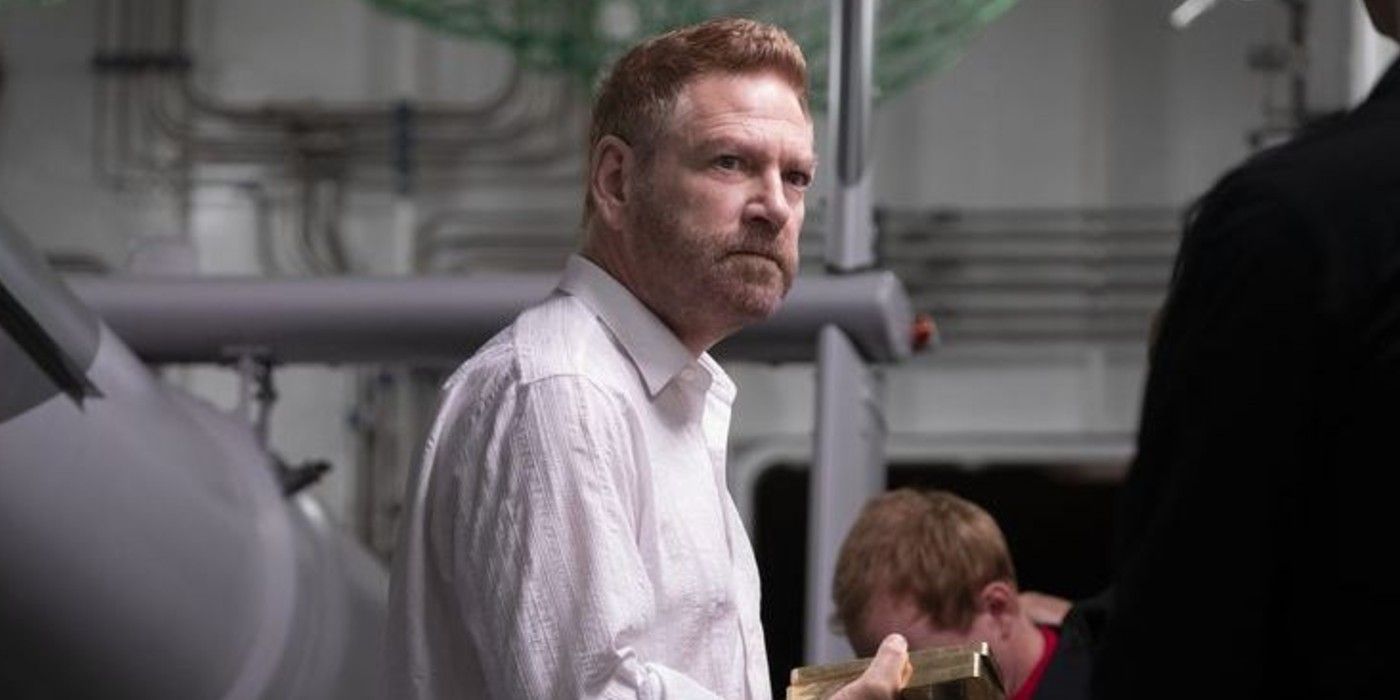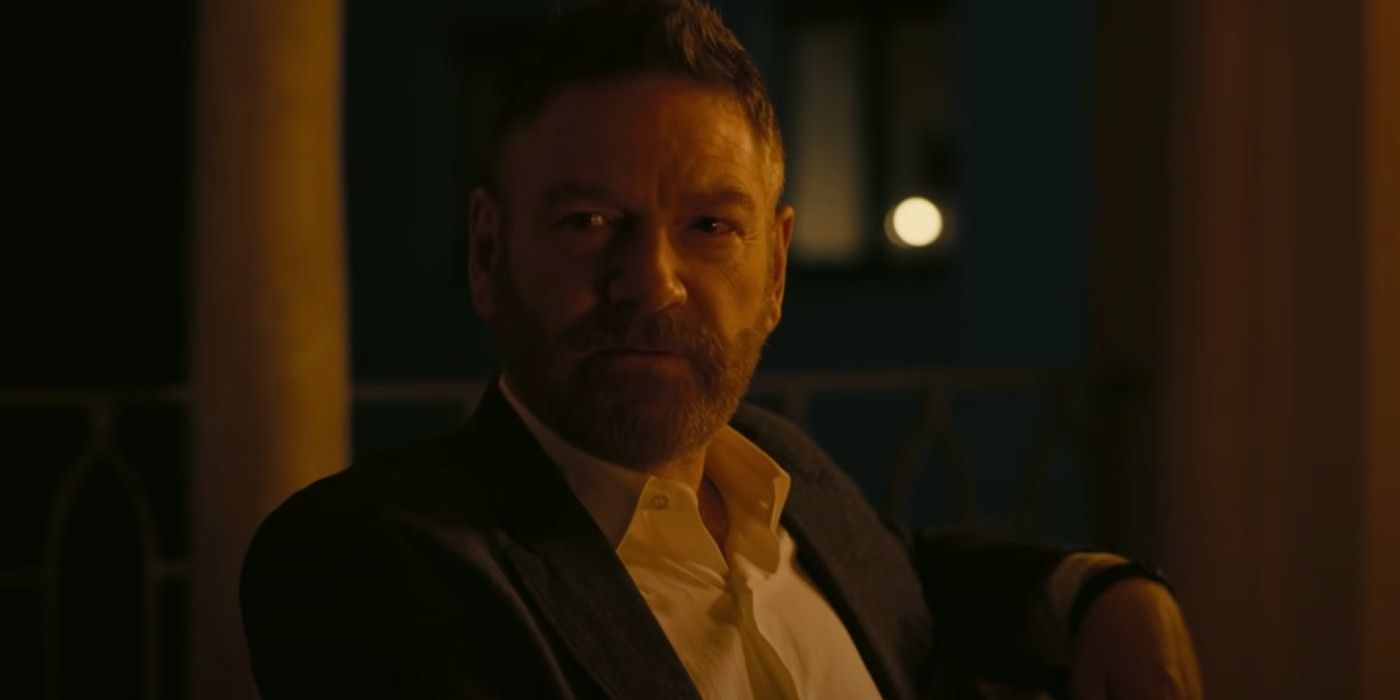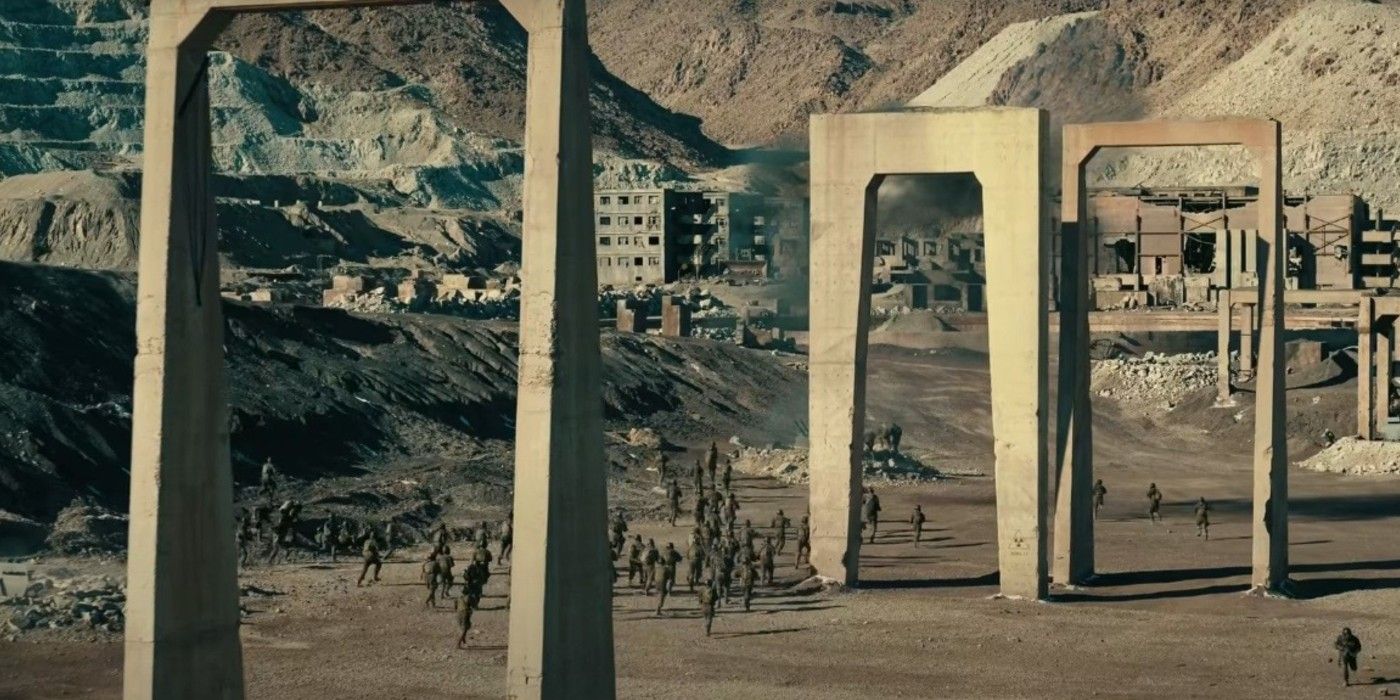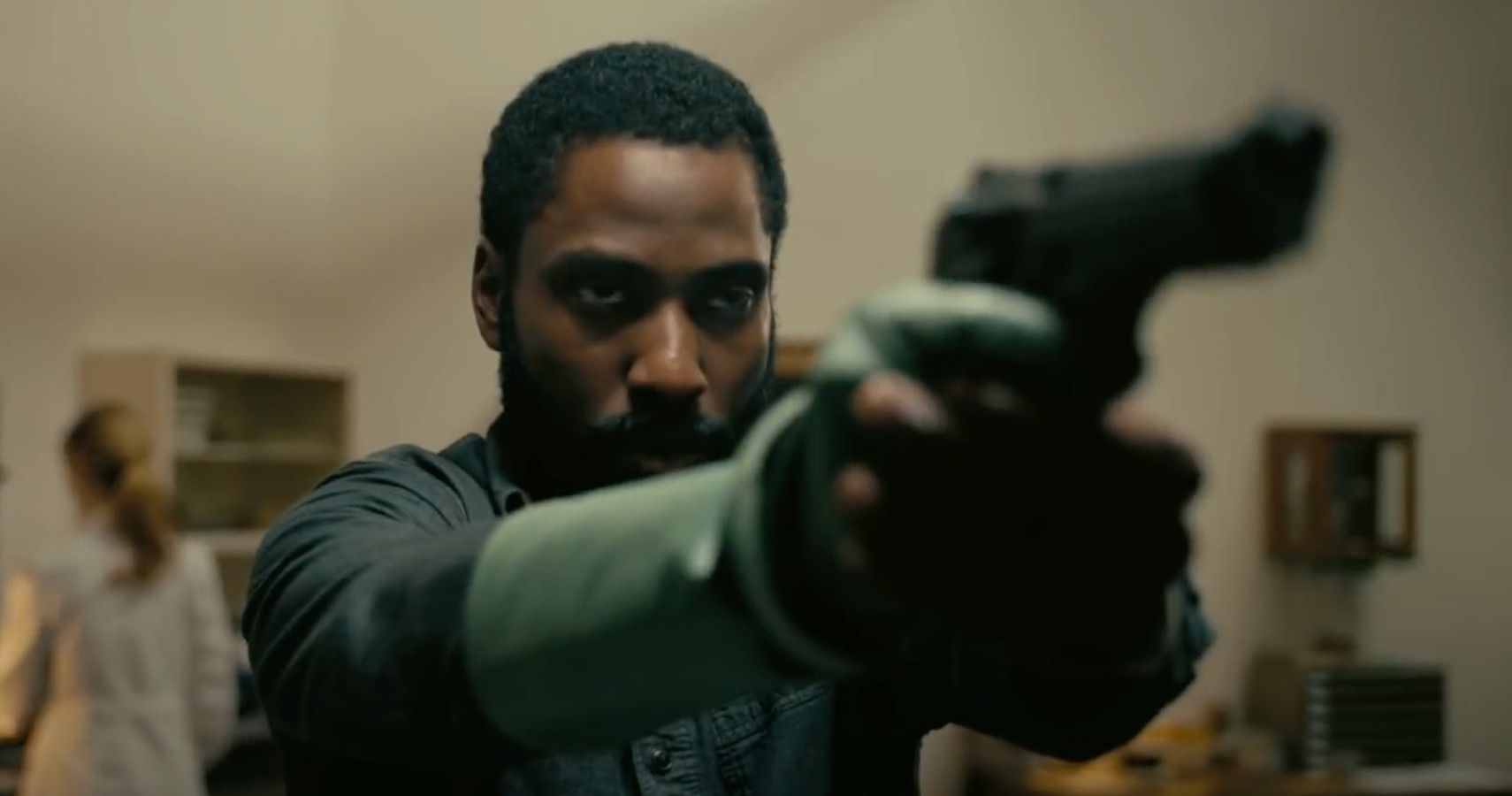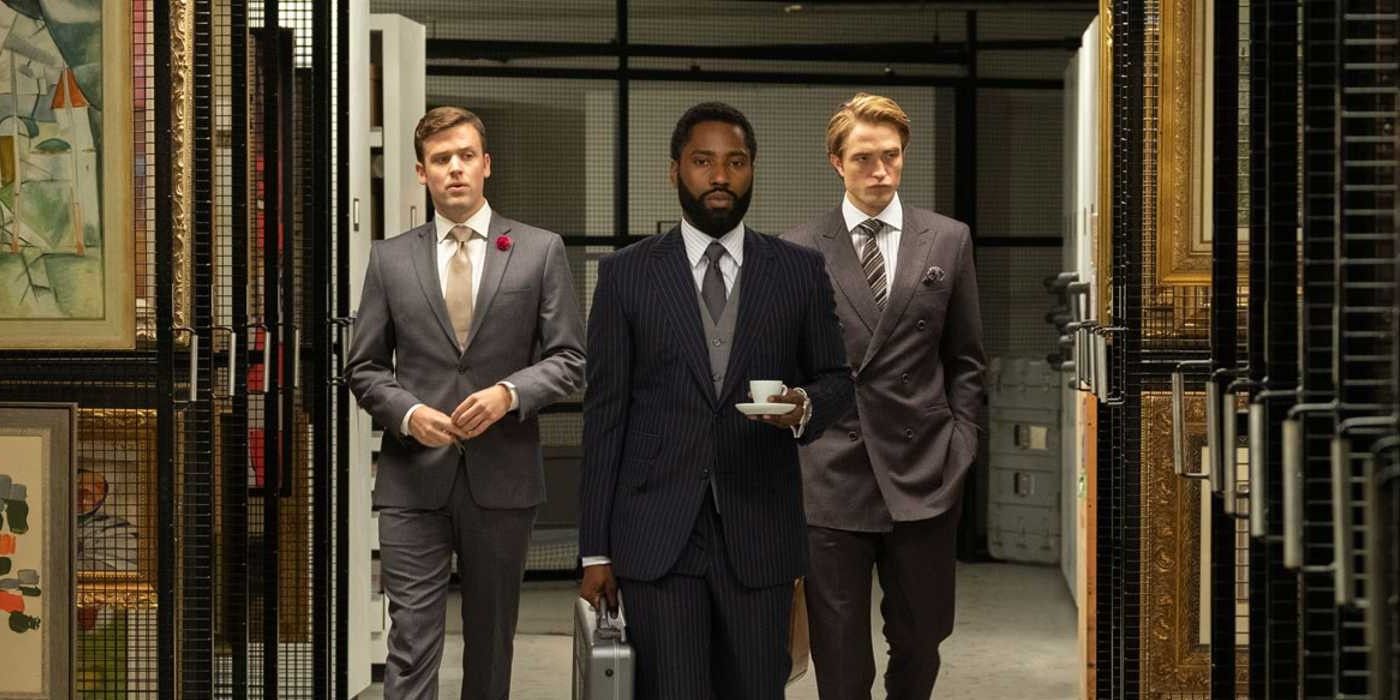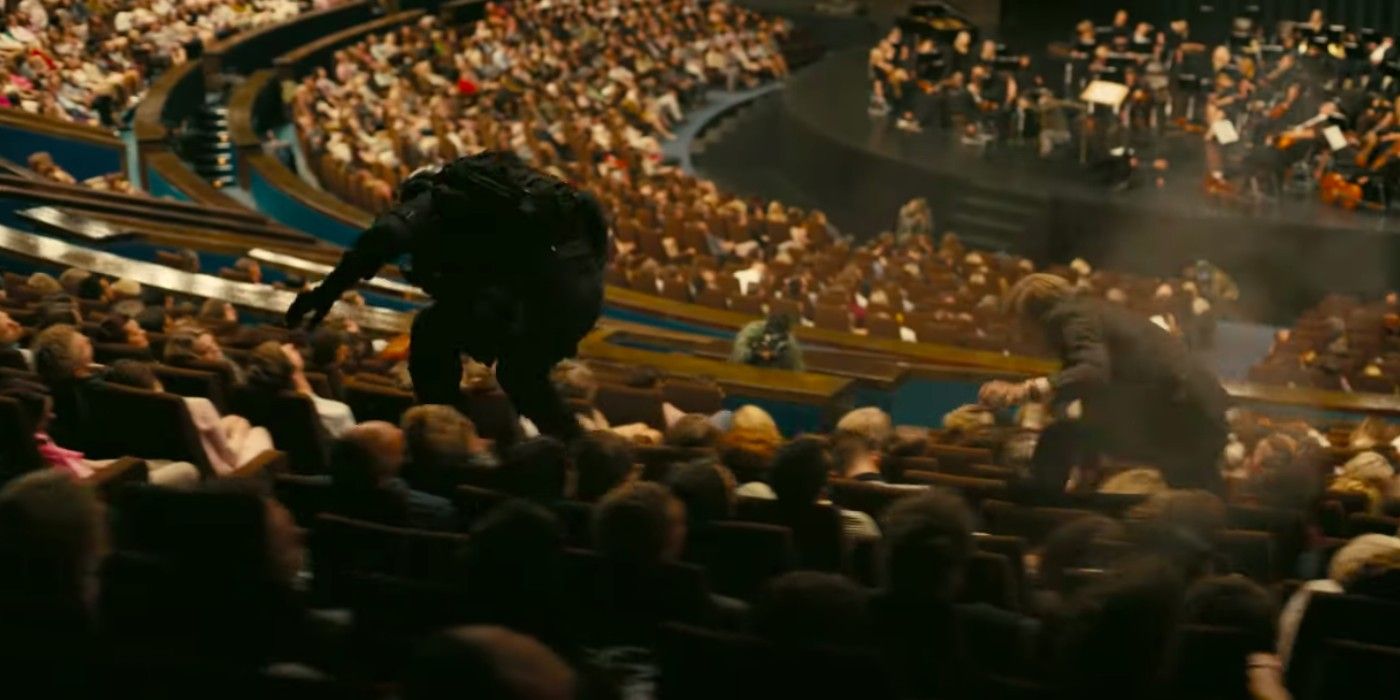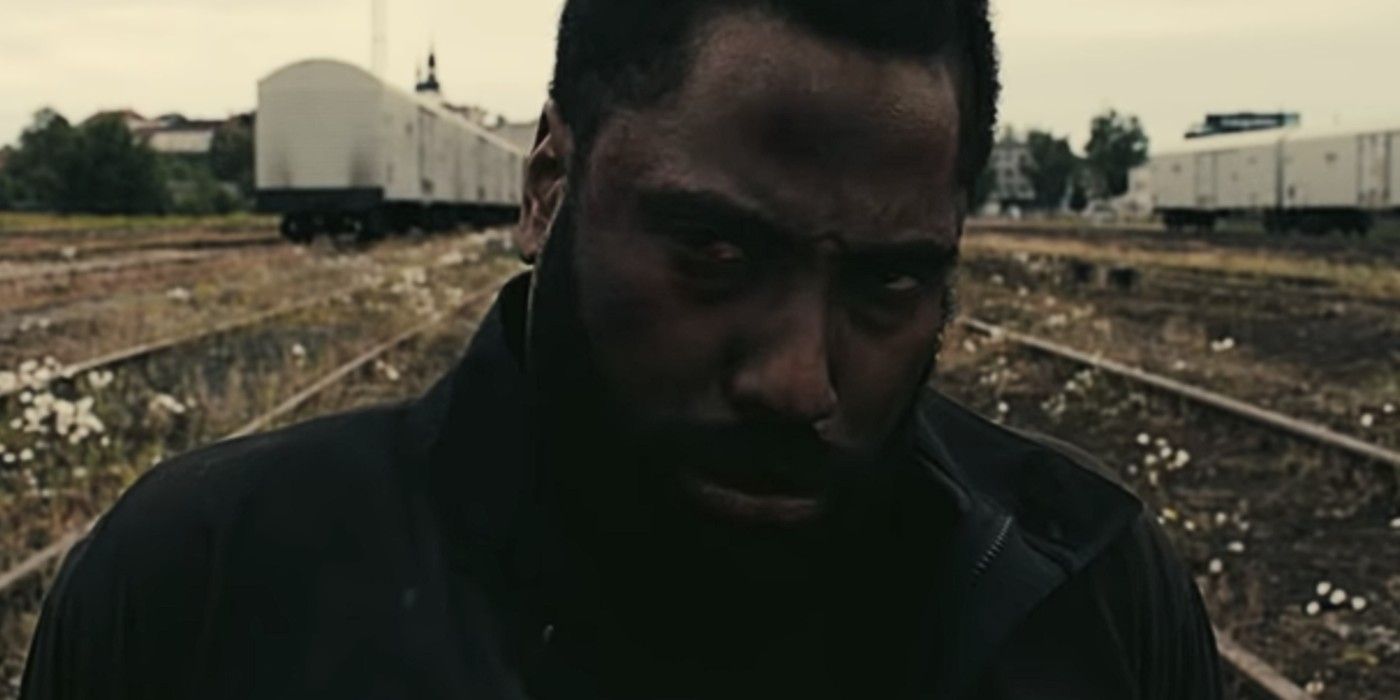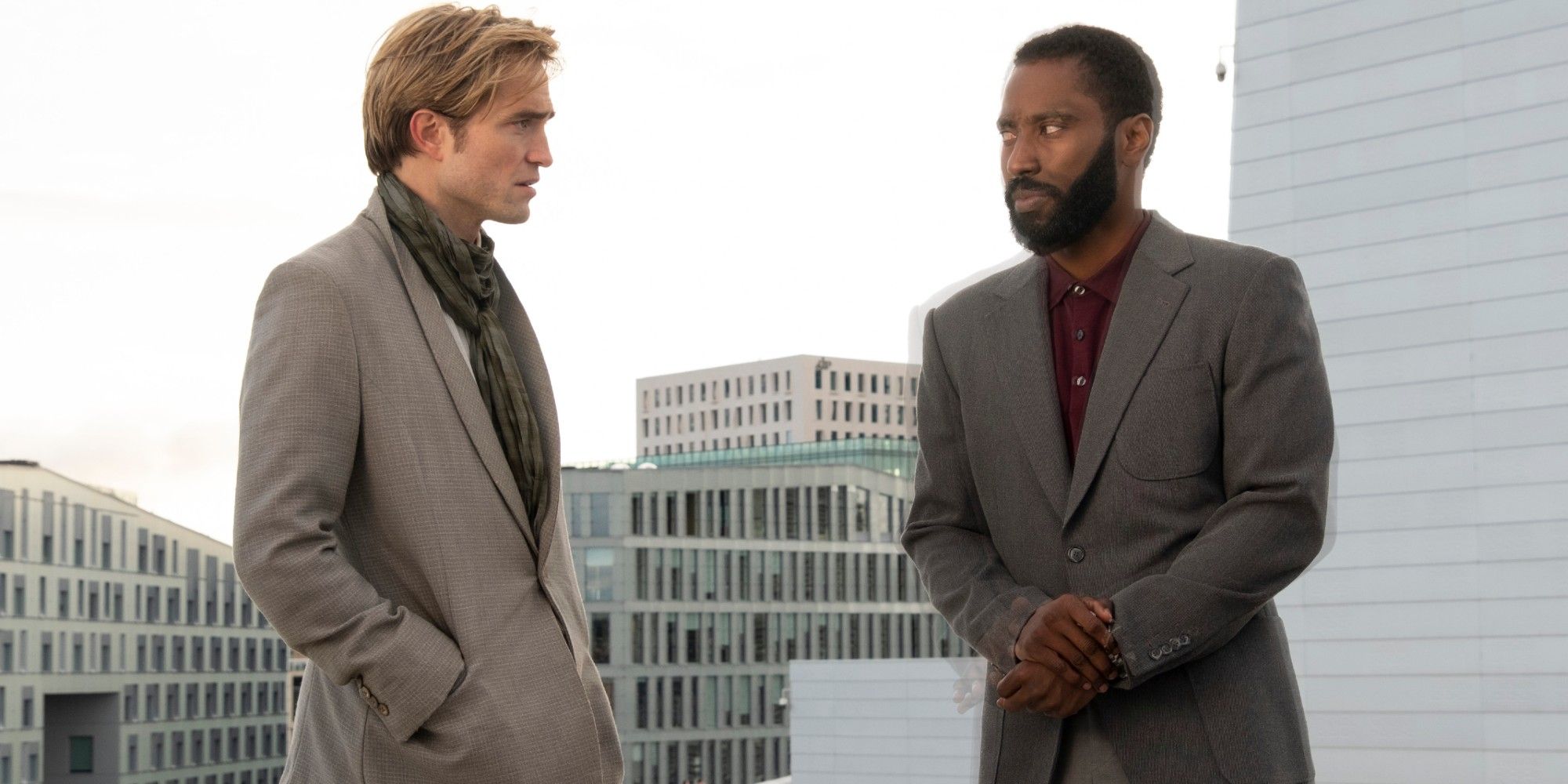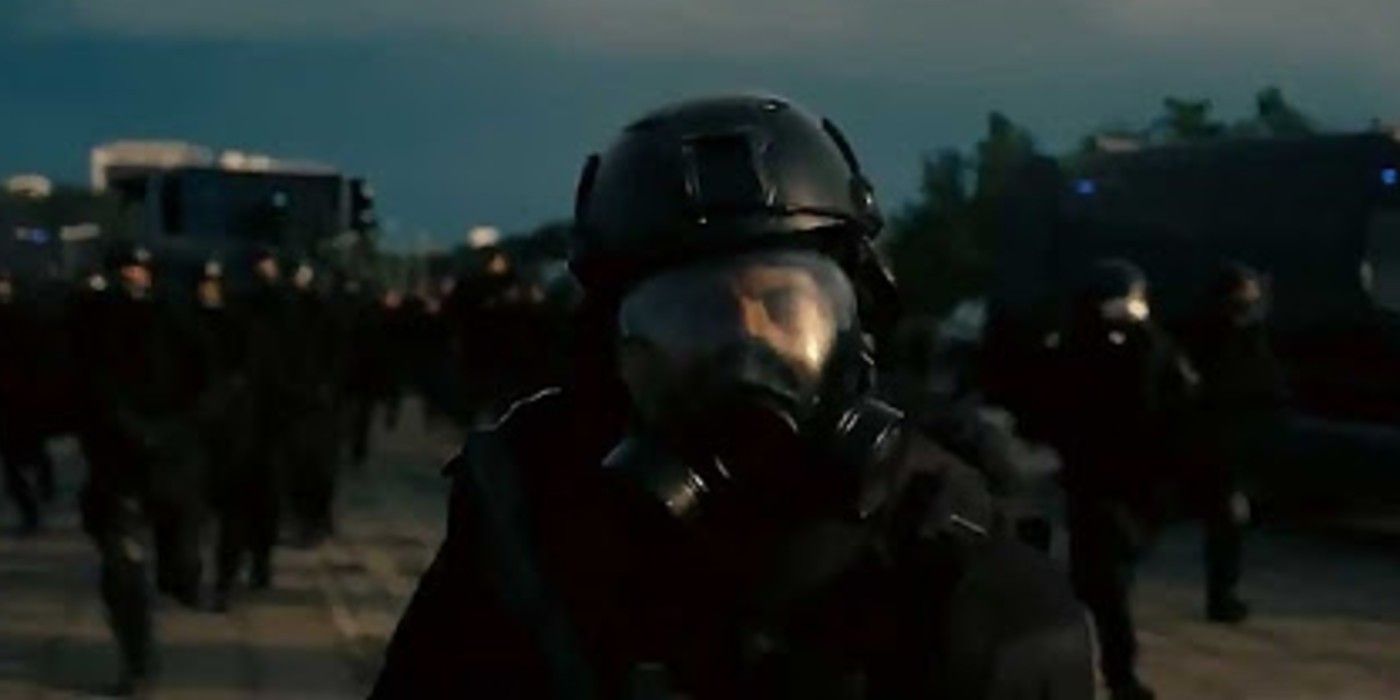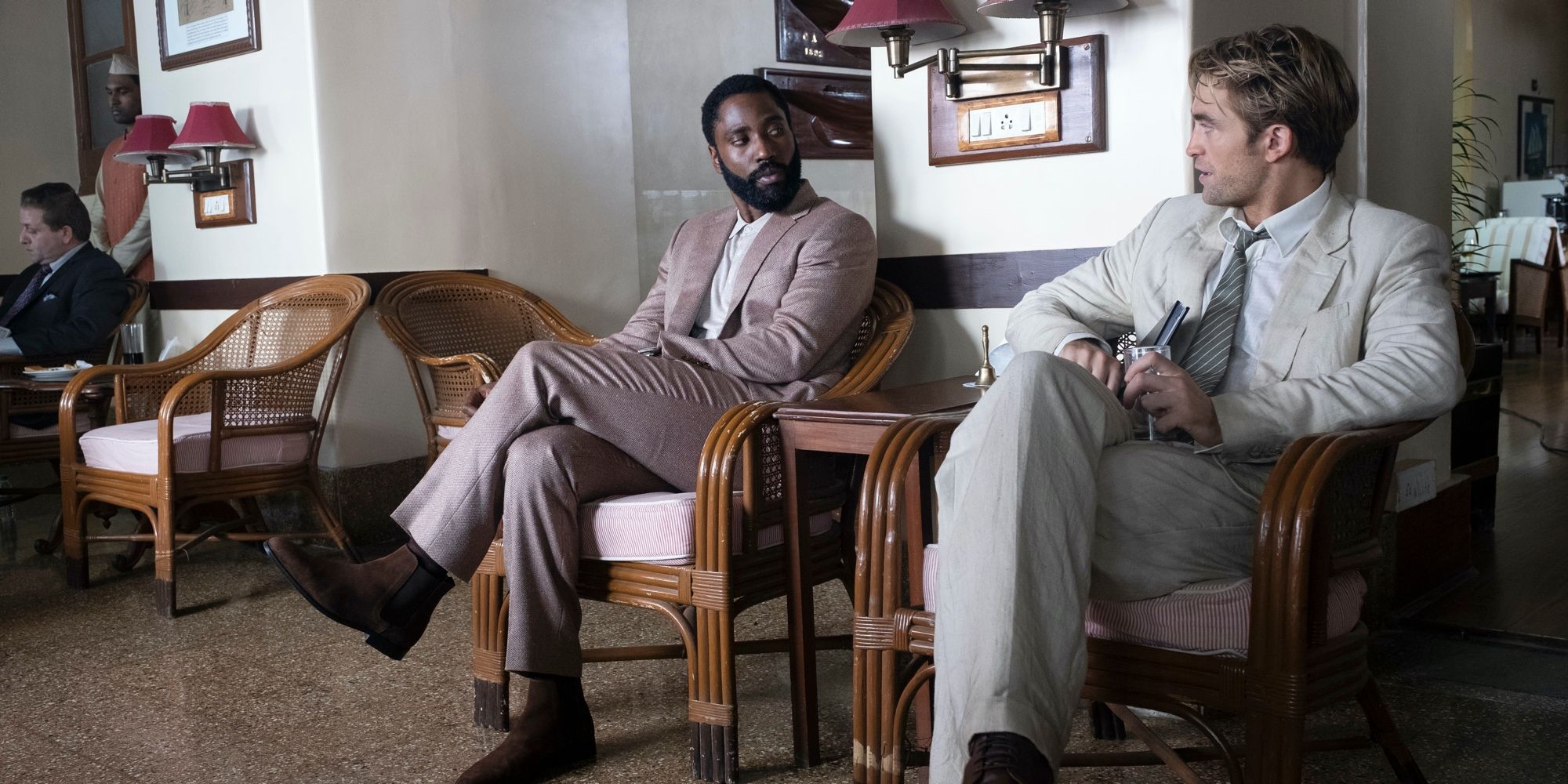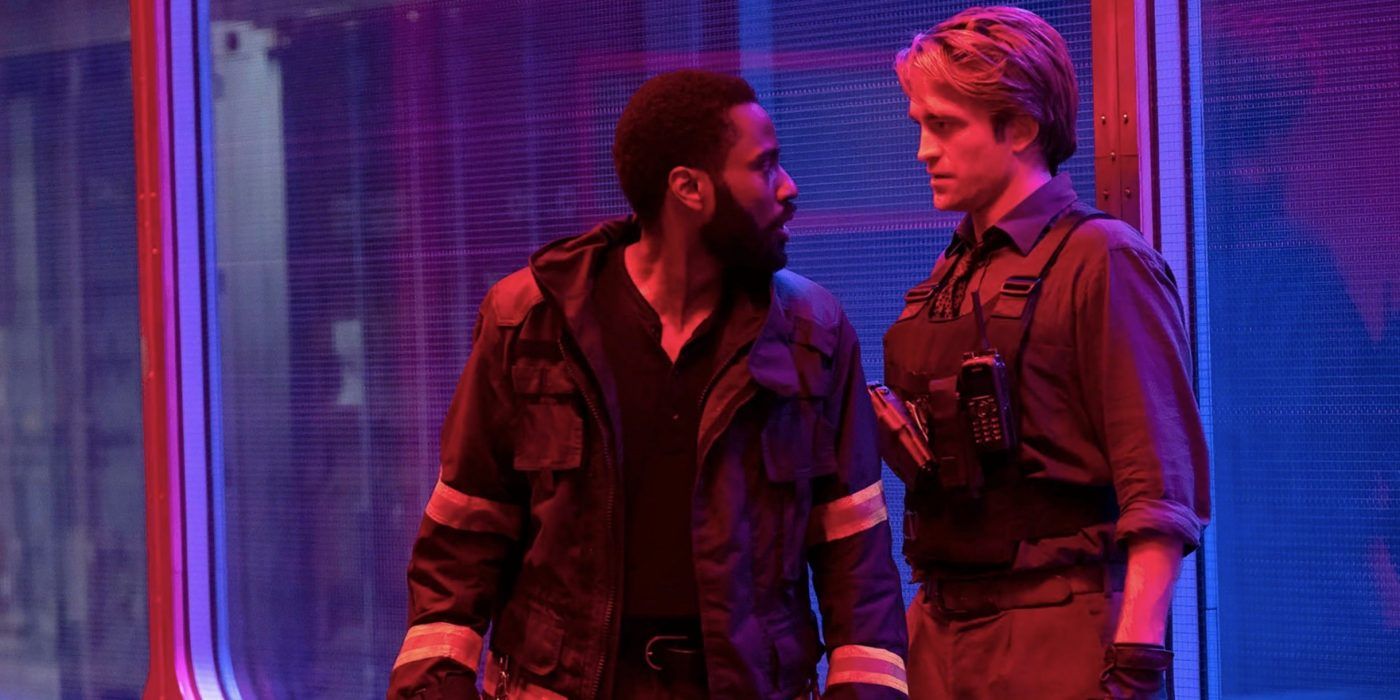Summary
- The ending of Tenet is open to interpretation and may require multiple viewings to fully understand the intricate details and connections.
- The word "Tenet" has multiple meanings within the film, such as referring to the repeated mantra of "what's happened, happened" and the organization that hires the protagonist.
- Tenet follows a palindrome structure, moving forward in time for the first half and then reversing back to the start, with a focus on inversion and the manipulation of time.
The ending of Tenet has meaning that could be lost on a viewer after only one viewing of the movie. How did The Protagonist (John David Washington) and Neil (Robert Pattinson) really meet? Does the ending mean that time can be changed or did it create a grandfather paradox? Who was moving forward and backwards (and doing what) in the final battle? What was Sator's (Kenneth Branagh) plan and what did the future humans want? What do the silver capsules really do? Who fired the first inverse bullet shot during the opera opening sequence? And does this really set up a Tenet 2?
Christopher Nolan's eleventh feature film, Tenet is less a spiritual sequel to Inception than it is a culmination of the three movies he released in the decade since. The first half is set up for the spy story, not the inversion premise, yet when time reverses in the second half Nolan assumes viewers are fully up to speed and dives right in without pause to recap. Christopher Nolan is confident that the basics of Tenet are clear and viewers will go along for the ride even if they don't grasp everything - an approach that is key to understanding the true disorientation of its message.
Every Tenet Meaning Explained
The word "Tenet" has a number of meanings and none were even remotely explored in Tenet's strange marketing campaign. In typical use, it means a principle or belief, which transferred to the film suggests it refers to the repeated mantra that "what's happened, happened," and the fundamental requirement that in order to interact with inverted objects, there has to be some faith or instinct involved. In-universe, Tenet is the organization that hires The Protagonist (and also Ives and his soldiers), and who operate against the mysterious future antagonists to make sure the Algorithm continues on its path backward through time.
Another potential Tenet meaning is found in the symbolic hand gesture that appears a few times throughout the movie. The interlocking of fingers with the thumbs up symbolizes the merging of the past and present, and it is used by The Protagonist to spot other believers in Tenet. The hands are mirror images of one another, and the visual symmetry reflects the mirroring allusion seen throughout the movie. The fact that the fingers fit so well together is also a clue about how time melds into one singular flowing thing.
Then there's the symbolic "Tenet" meaning, which fits in with Nolan's structure of Tenet. Through the film, the number 10 appears repeatedly - there's a ten-second warning on the free port's security failsafe, The Protagonist asks for ten minutes with Sanjay Singh and most importantly, the final mission takes ten minutes. That final mission is also temporal pincer movement, with two separate teams operating simultaneously, one moving forward through time and one backward with synchronized ten-minute countdowns. "Tenet" is, of course, ten running forward and backward and joining in the middle. It is also part of the key Sator Square that informs much of the plot
Is Tenet About Time Travel?
Not entirely. At least not in conventionally accepted terms that most time travel movie fans will be used to. Rather than using a time machine to jump to fixed points in time, Tenet's technology runs time backward, like a clock simply running anti-clockwise. There is no means by which the characters can leave one point in time and arrive somewhere else entirely without traveling backward for the required amount of time. Nobody could travel back 200 years, in other words. No cowboys here. And jumping forwards in time is impossible in any way other than following the usual passage of time, so no flying cars or hoverboards. Basically, this isn't Back To The Future.
What Is The Sator Square?
The Sator Square is a Latin palindrome made up of five words that can be read backward, forwards, upwards or downwards. It is a perfect expression of a complex palindrome, so naturally, Nolan uses it for the basis of Tenet's plot. Each of the five words forms a key part of the story: Kenneth Branagh's billionaire Russian villain is called Andrei SATOR; who hid his time turnstile at the free port operated by ROTAS and whose wife Kat had an implied affair with an art forger with the name of AREPO; Sator attempted to steal the Algorithm at the OPERA and TENET attempted to thwart it.
The original square is something of an ancient conundrum defying conventional translation, and it seems Nolan used those clues to suggest that no matter which way you read the movie, a Tenet meaning could be derived in multiple ways. The pleasure is in the experience.
How Is Tenet A Palindrome?
Before trying to untangle the web of what the Tenet meaning could be, having a clear view of what actually happens in Tenet. Simply put, Tenet is a palindrome: it moves forward in time for the first half, then reverses back to the start. It begins with an undercover mission in Kyiv, Ukraine that sees The Protagonist saved by a mysterious masked man with a red toggle on his uniform before he's recruited to Tenet and sent on a mission to uncover the Algorithm (a weapon developed by the future to reverse the flow of time) to prevent the end of the world.
The Protagonist undertakes two heists before Sator shoots his wife and gets away with the weapon, prompting The Protagonist to go back in time to reverse the murder, try and recover the final piece of the Algorithm, and then finally to stop the Algorithm being buried under a detonated bomb in Russia. Crucially, at the point of reversing time, The Protagonist goes back through mirror scenes of what came before - a motorway heist, the airport heist, and finally a major military set-piece to retrieve the Algorithm in which his life is saved by a mysterious soldier. It is, effectively, the same forward as it is backward.
How Inversion Works In Tenet
Without delving too deeply into complex physics, Tenet (which has no such consideration) explains inversion is the process through which a formula can be applied to any object (whether innate or biological) to reverse its entropy or in other words, its movement through time. Uninverted people experience time linearly, as they parallel with the flow of time, but an inverted object moves backward.
Accordingly, an inverted bullet is not fired by a gun but ingested by it, a car drives backward, waves break first and then form in reverse, and inverted people can't breathe non-inverted air as lungs can't take it, so they must carry their own oxygen. The formula was developed by a future scientist who weaponized the same formula and turned it into a nine-piece physical formula that combined would reverse the flow of time: the Algorithm.
What Is The Algorithm And How Was It Recovered?
Like Inception, which revolutionized sci-fi movies on a scale Tenet deserves to, the key to the plot is the future scientist who creates the formula to invert objects and applies it to weaponize her technology and allow for a physical weapon to be sent back through time to destroy the past. When activated, the Algorithm is capable of inverting the flow of time itself, rather than a single object, leading to a catastrophic event that would end humanity.
Regretting her invention, the unnamed scientist broke the Algorithm into nine parts and hid them at different points throughout time to stop the future enacting their plan to destroy the world. Each part was turned into a physical object that could be slotted together to make the final "formula".In terms of how it was recovered from its hiding spots through time, only the ninth piece of the Algorithm is missing at the start of Tenet. Kenneth Branagh's Sator has recovered the others, suggesting that whoever he is working for has been able to uncover the locations of the other eight pieces (presumably by getting it out of the scientist somehow).
What Was Sator's Plan And What Did The Future Humans Want?
At first, Sator is motivated by the riches sent to him by the past, but the final third of Tenet reveals that he is dying and he is willing to sacrifice the world alongside his own death. As he so theatrically puts it "if I can't have it, no-one can." Why the future wants to destroy its own past is actually more justified: it's a response to modern humanity destroying the planet beyond the point of redemption through environmental impact. It is implied that the future is a dystopia where the planet is dying to such a degree that the only answer is to turn back time.
When The Protagonist asks whether destroying their past would wipe them out, Neil introduces the idea of the grandfather paradox, suggesting that "what happened, happened". A grandfather paradox determines that it would be impossible for a man to travel back in time to kill his own grandfather because he would then never have been born to travel back in time. As Neil puts it, there is no solution, it is an unsolvable paradox. In other words, it's impossible to suggest whether the future would cease to be if it wiped out its own present.
Why Was Sator Chosen To End The World?
As the film confirms, it seems that Sator was hired by the future simply because he was in the right place at the right time. Sator grew up in one of Soviet Russia's Closed Cities - Stalask 12 - and was charged with recovering scattered nuclear warheads and finds a note from the future along with gold bars telling him where to find each of the Algorithm pieces. They also send him the means to build a turnstile so he can invert himself and uninvert the gold sent back to him to aid him on his journey.
What Are The Closed Cities?
The idea of Closed Cities is introduced in Tenet by Sir Michael Caine's character Sir Michael in his single scene as a British Intelligence agent who passes on some key exposition over a posh lunch. He tells The Protagonist that Sator hails from the Closed City of Stalask 12, part of the Soviet-era program that involved settlements in which travel was restricted that housed sensitive operations and were populated by the families of those working in the bases or labs. Not labeled on maps, these mysterious locations were the foundation of the Soviet nuclear program and most were only discovered on the crumble of the Soviet Union.
Why Is Tenet's Lead Character Called The Protagonist?
John David Washington is never named in Tenet beyond his operating name of The Protagonist, which seems at once to be what those who do "his line of work" are called but also a nod to his importance to the Tenet meaning. In conventional story-telling terms, the protagonist is the central point of the plot, in a far more substantial way than even The Protagonist himself knows. It seems that his title is an embedded clue to the fact that he's the one pulling all the strings from the future and guiding the earlier version of himself forward (and backward).
Who Is The Protagonist Working For?
The short answer is that everyone in Tenet is working for The Protagonist. Everything from the Kiev operation to the formation of an entire temporal army, and even a clandestine organization fronted by Martin Donovan's shady executive is on the end of The Protagonist's strings. He and his cohorts are the mysterious future party invested in the Algorithm continuing its journey back into the past to stay hidden. When wondering how Sator knew the call and response (as well as the Kyiv agent who steals the Algorithm in the opening opera house), there are even suggestions that he must also be involved somehow with those trying to destroy the past.
Who Fired The First Inverted Bullet At The Opera And Saved The Protagonist?
The vigilante who turns up just as The Protagonist is made by one of the Ukrainian special forces is the same one who opens the gate to stop the Algorithm from being buried under the explosion. That mystery man is in fact Neil (Robert Pattinson), the operative The Protagonist believes he hired in Mumbai, who had in fact been involved in the plot well before he seemed to be. At the time of the Kyiv terrorist attack, Neil had already been hired and was sent as a splinter to The Protagonist's group in order to stop him from being shot without revealing his identity.
What Do The Silver Capsules Really Do?
When the Kyiv operation goes south and The Protagonist is captured and tortured, he's given the opportunity to kill himself by taking the CIA-issued cyanide pill that his downed comrade offers him. Ultimately, though he passes out from ingesting it, the pill is a fake, planted as a means to test The Protagonist's commitment to the cause and his team. When he chooses death over giving away secrets, he is recruited by Tenet.
However, just because his pill doesn't work doesn't mean the silver pills don't have genuine counterparts, as Sator's chosen method of suicide is his own silver cyanide pill, which he seems to have faith in. Could he have been tricked into believing it was real by Tenet too? Or did Sator have links to the CIA thanks to his power? That much remains unclear.
How Did The Protagonist And Neil Really Meet?
The end of Tenet confirms that Neil had been working for Tenet prior to his first meeting with The Protagonist. It's hinted from the very beginning, as when they meet, Neil orders The Protagonist his preferred drink in the Mumbai hotel bar, using it to suggest he's "a man who knows things". The reality, as spelled out by the final moments of the movie is that The Protagonist recruited Neil at some point in the past and long enough for Neil to consider their friendship to have been strong.
He hints that the pair got up to some adventures together, presumably in the service of protecting the Algorithm's safe passage backward in time. In a complex paradox, Neil is apparently recruited by The Protagonist because Neil tells him to recruit his younger self in the past.
How Does A Reverse Gunshot Wound Work And Does Kat Survive Being Shot?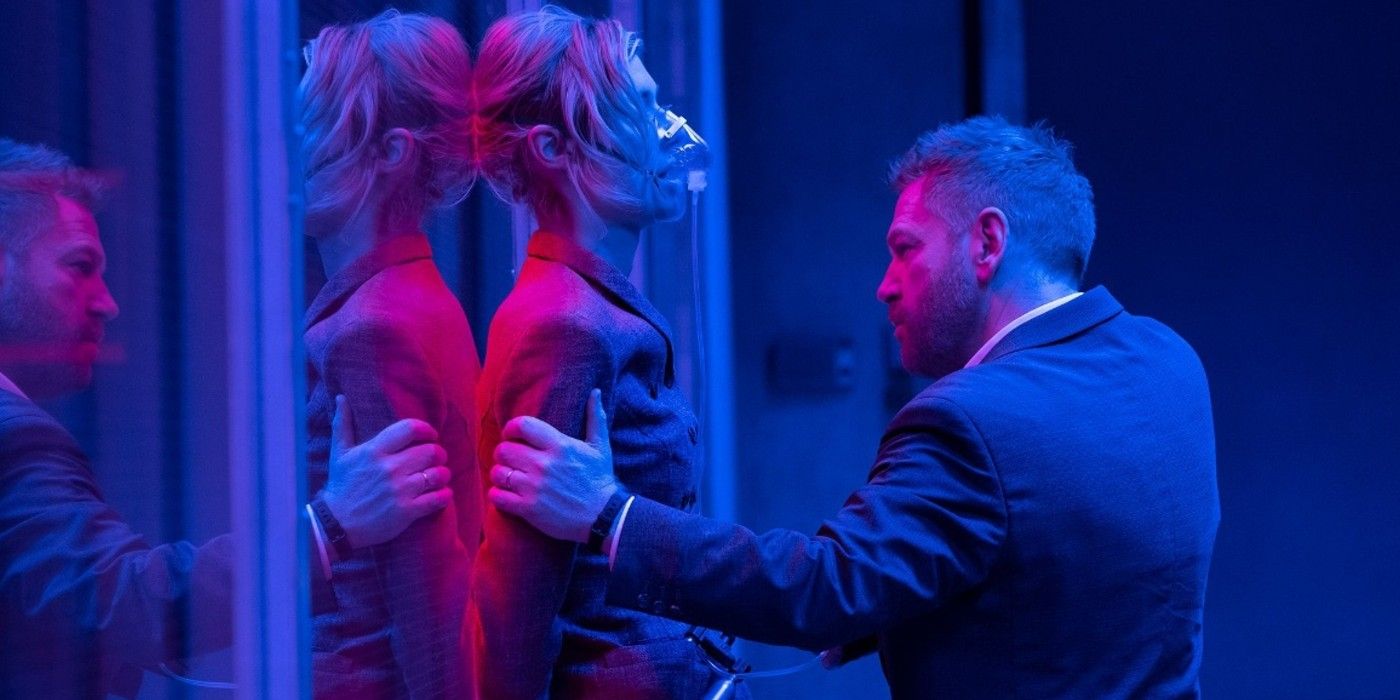
As inversion reverses the entropy of an object, it's revealed that an inverted explosion leads to the extreme reversal of heat transfer usually associated with being blown up. As such, The Protagonist survives his car being blown up with a case of hypothermia as he's effectively frozen. But reverse gunshot wounds are different. They're mentioned as being particularly nasty before Sator shoots Kat (Elizabeth Debicki) and it's revealed that the nastiness is thanks to radiation poisoning. So even though the wound is taken away from Kat, she would still have died if The Protagonist, Neil, and Ives had not inverted her and themselves to heal her.
That healing process depends on Kat's inverted cells reversing the radiation, which also seems to suggest that someone could be basically immortal if they were to constantly switch between inversion and normal time flow as reversing the entropy of cells not only heals injuries but also reverses aging itself. Kat's inversion effectively pushes the fatal injury out of her cells, and she's able to survive, with a scar that makes little sense given the reversal of her reversed entropy, but it plays a part in her revealing herself to Sator as the older Kat before killing him, so it gets a pass.
How Did Tenet's Final Battle Work?
As Aaron Taylor Johnson's Ives pops up mid-way through the film to tell everyone, it's possible to perform a temporal pincer move in which one team of people moves forwards in time to see how an event plays out, while the other team travels backward through time simultaneously, each with the benefit of knowing how it happened from the other team. That's how Sator is able to steal the ninth part of the Algorithm from The Protagonist during the inverted highway chase and it's how the finale plays out.
During the final showdown, the Tenet army is split into two teams - Red and Blue - with Neil on one side with Wheeler moving backward, and Ives and The Protagonist on the other, heading forward in time with the benefit of the knowledge passed on by Neil's team. It's one of several temporal pincer movements before the final revelation that the entire film has been part of a temporal pincer movement.
Does The Ending Mean That Time Can Be Changed?
On the surface, the whole premise of Tenet and its meaning seems to be that time can be changed, given that Tenet's entire agenda is seemingly to go backward in time to stop the world from ending. In that respect, it fits Inception's idea of the promise of changeable fate depending on free will, which sits in dramatic conflict with Mal's death. That seems to be based on the threat of the ominous "detritus of a coming temporal war" that serves as a warning to the present about what is coming in the future.
The Protagonist's meeting with Clémence Poésy's scientist is a jumping-off point for him in which he's given his target: stop a future war and the apocalypse. And yet it makes no sense to think of that quite so conventionally because the detritus could be red herrings sent back by Tenet to convince The Protagonist to sign up for the job without telling him the whole truth. After all, his ignorance is his most valuable asset at times.
More damning for the case is Neil's fate. In the end, he chooses to die because he knows that it has already happened and is necessary for The Protagonist and Ives to stop the Algorithm from being buried. Even having seen that, Neil is resolved that he has to do it simply because "what's happened, happened". And as The Protagonist so confusingly says early on to Neil, the very fact that they are still alive suggests it was already successful. By that logic, time cannot be changed. Whatever the logic, Neil is sadly still dead.
Does Tenet Really Set Up Tenet 2?
The short answer for Tenet's sequel potential is that it depends on Christopher Nolan's plans. Just as he could have made Inception 2, he could make Tenet 2. He could call the film a palindrome that's intended only to be self-contained, no matter the suggestion of the ending only being the middle of the story, and call it a day. But there is potential in the ending to look more into this universe, as The Protagonist's future holds the promise of his hiding the Algorithm, starting Tenet, encountering his future adversaries, and then recruiting Neil and planning the inception of his own younger self to start Tenet.
What Does The Ending Of Tenet Really Mean?
Tenet's ending has a couple of big takeaways. On the highest surface level - to borrow Nolan's fondness for levels of understanding - it offers a warning about impending ecological disaster. If we don't change our ways, the future will literally kill us all. It's not explored in any sort of preachy way, but it's clearly important to the film's message.
And on top of that, most importantly, the ultimate Tenet meaning is about the idea of free will. The Protagonist asks Clémence Poésy's scientist whether free will exists. She explains that whether something is inverted or not, the only catalyst for it to move on its path is free will. He must choose to fire an inverted gun, or it will remain unfired. Neil's mantra that "what's happened, happened" challenges that. When he sacrifices himself, he does so knowing it has already happened and his free will suggests he could walk away. But when The Protagonist asks him to reconsider, he intimates that he can't choose to change.
Nolan's point is not to decide whether free will exists, but to challenge his audience to explore the idea. His Tenet meaning is a five-way palindrome, a grandfather paradox, and an unsolvable ancient conundrum all at once. The future will always determine how the past and the present happen and just because what's happened, happened does not mean there shouldn't always be hope to at least learn from those experiences.
To use and control time to find order in the world. Considering the constant mortality anxiety that usually underpins art generally and Nolan's work like Inception and Interstellar specifically (the urge to create to leave a permanent legacy), Nolan is reframing the idea of time not as a constant to frantically claw at for fear of losing it, but the very mechanism it's possible to control the world with. This is not so much an ideal as it is pure philosophy - a platform to consider something as broad and challenging as free will through a bold medium in Tenet that is just as challenging.

